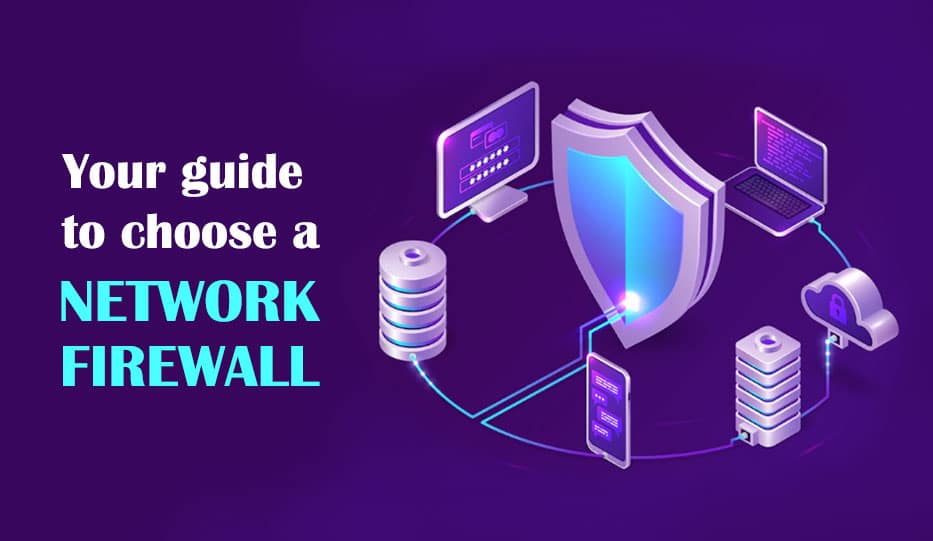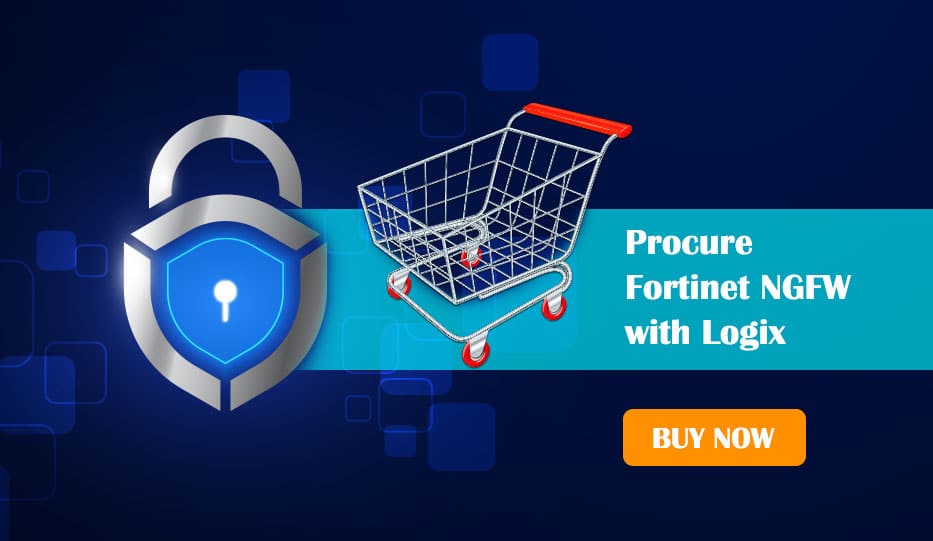
Firewall options and deployments are very flexible. They can be configured as per your objectives and requirements. The challenge comes when you are not very confident about the network firewall settings you want for maximum security.
To help bring clarity to the situation, you need to understand what purposes a network firewall serves and what performance you expect out of it. In this blog, we are giving you the yardsticks to compare network firewalls and also enlisting features your network firewall MUST have.
A Short Brief on Network Firewalls
A firewall is a tool – either hardware or software – that sits on the boundary of a network and monitors incoming and outgoing traffic. It scans every network request against a set of rules. If the request does not tick off on every rule, it is considered a threat and blocked off. Only valid requests are allowed to pass through.

Benchmarks for choosing a network firewall
Does it perform optimally for your business?
Typically, network topologies, involved devices, and the scope of a network for a business is more or less already decided. The adoption of cloud technologies also introduces variability to this otherwise fixed architecture.
So, does the network firewall protect this customized setup of your business? Can it sustain remote network connections of employees working from home? Can it adapt to changes in topology? Can it detect threat actors even if they disguise themselves as valid requests?
The answers to these questions will help you in understanding the strengths needed in your network firewall.
What level of inspection are you expecting?
For this, your IT department needs a good understanding of the traffic flow in your networks. Is it dominated majorly by intranet requests or are external requests the major chunk of your network traffic?
If your network is going to be hit with substantial external requests, can your network firewall detect sophisticated and modern threat tactics? Does it have the necessary processing power to detect rapid, unrelenting requests are made during DDoS attacks?
Another factor to consider is consistency. Is the network firewall going to produce consistent, long-term results? The firewall is not an optimal solution if you need to procure additional tools and services as additional patches of security to it. Remember, network traffic is only going to increase down the road, and your firewall needs to be prepared to handle exponentially more volumes of traffic.
How quick and effective is it?
Hybrid IT environments pose the challenge of arbitrary network requests. Cloud technologies follow an on-demand architecture and so, requests are made on-the-fly. Is the network firewall agile enough to analyse every request as it is made? Can it quickly and efficiently designate the request as valid or invalid?
Networks are going to keep growing in complexity as the cloud becomes more and more mature. Your network firewall needs to have future-proof capabilities to handle this shift.
Must Have Features of any Network Firewall
Decryption
To inspect traffic, a firewall must be able to “unwrap” and read an encrypted request. But this decryption needs to happen in real-time so that the end-user is not even aware of this activity.
Advanced Threat Protection
The firewall needs to protect against not just known, current threats but also evolving threats. It has to be self-evolving and for that, be powered by the latest AI/ML technologies.
Content Filtering
We always advise stronger gatekeeping rather than skilful firefighting. This is because once the threat is inside, it causes energy and resources to throw it out and may even result in business interruptions. Firewalls need to filter out potential threats right at the entry point of the network. Moreover, it should be capable of analysing and filtering several forms of requests, including video and audio.
Endpoint Integration
A good network firewall will protect the complete attack surface, including network edges and endpoint devices. Now, with so many employees working remotely, one cannot guarantee they are using secure internet connections and keeping their applications up-to-date. One little chink in the armor, and the malware gets in and spreads all over the network.
IoT Considerations
The devices in a network are not only mobiles, laptops, tablets, PCs anymore. Intelligent, SMART devices these days are just as capable of making network requests without human intervention. Your firewall needs to be capable of IoT detection, tracking, analysis, and filtering. In short, it can handle IoT devices just as efficiently as any other device.
